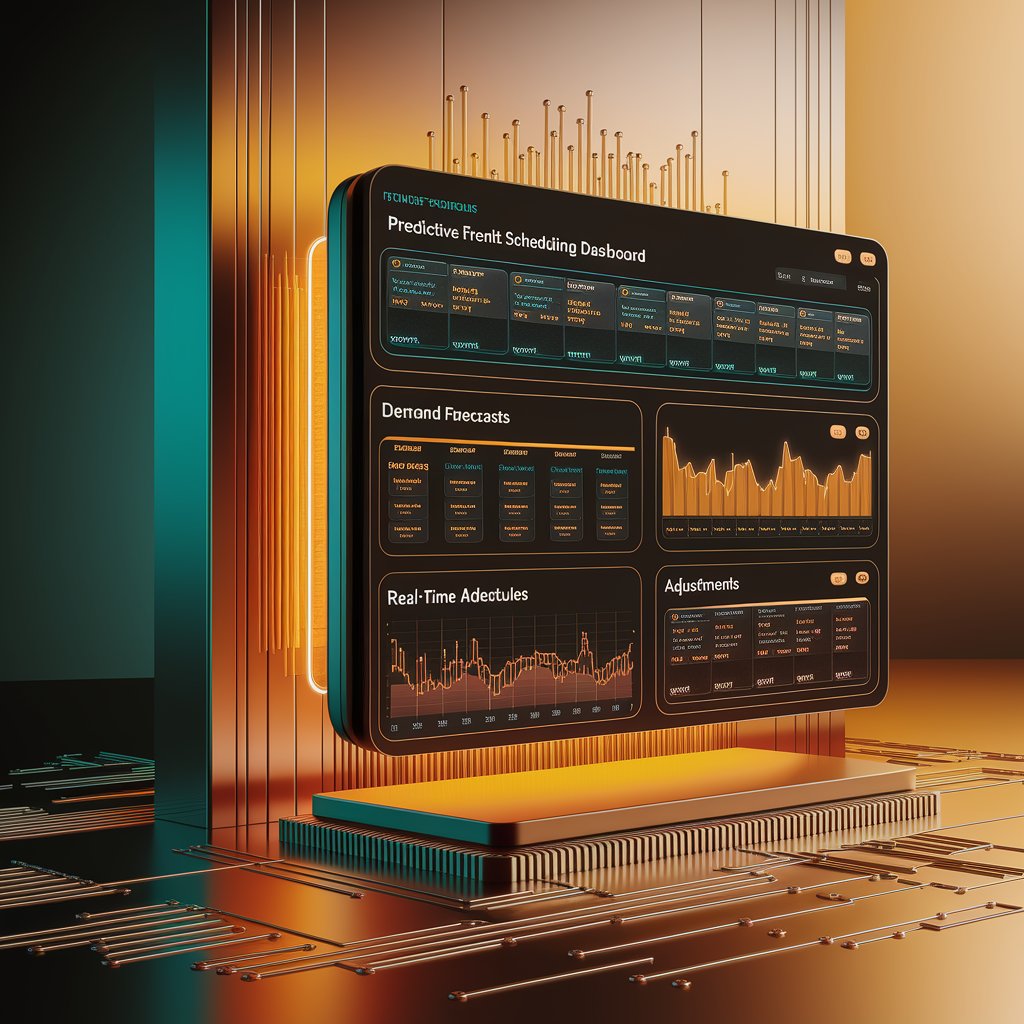How Predictive Freight Scheduling Works with Linbis
Scheduling freight is often a race against time. Demand surges, carrier availability, and route disruptions can quickly throw off transport plans. Traditional scheduling tools react after problems occur, causing higher costs and poor customer satisfaction.

Introduction
With predictive freight scheduling, Linbis uses AI to anticipate demand patterns, forecast risks, and automate schedules—helping logistics providers plan ahead instead of playing catch-up.
Step 1: Collect Shipment Data
Linbis consolidates data from:
- Historical shipment records → peak seasons, volume spikes.
- Carrier schedules → capacity, availability, and rates.
- Customer orders → future bookings, demand signals.
- External factors → weather, traffic, geopolitical events.
Step 2: Apply Predictive AI Models
AI analyzes all data to:
- Forecast demand by lane, region, or customer.
- Predict peak periods and capacity shortages.
- Anticipate risks such as port congestion or strikes.
- Estimate accurate ETAs and costs.

Step 3: Automate Freight Scheduling
- System auto-assigns shipments to carriers based on forecasts.
- AI recommends booking capacity early when demand is expected to surge.
- Workflows trigger automatic updates in TMS and customer portals.
Step 4: Real-Time Adjustments
- If disruption detected → AI reschedules shipments instantly.
- If customer changes order → system adapts schedules dynamically.
- Continuous monitoring ensures plans stay aligned with reality.
Step 5: Visualization in Dashboards
Linbis dashboards show:
- Predictive shipment schedules.
- Carrier utilization forecasts.
- Delay probability scores.
- Cost projections per route.
- Predictive shipment schedules.

Advanced Features
- Multi-modal scheduling: Air, ocean, trucking, and rail.
- Scenario planning: Run “what if” cases for delays or demand surges.
- Customer-specific schedules: Tailored predictive planning for key accounts.
- Sustainability: Forecast and optimize for eco-friendly scheduling.
Real-World Example 🚛
A forwarder in Houston implemented predictive freight scheduling with Linbis. In 5 months:
- Reduced late shipments by 22%.
- Cut extra carrier costs by 15%.
- Improved customer retention with proactive scheduling updates.

Benefits 📈
- Efficiency: Smarter schedules save time and costs.
- Risk Mitigation: Predict and prevent disruptions.
- Visibility: Real-time forecasts for managers and customers.
- Customer Value: More reliable delivery promises.
- Scalability: Works across local and global networks.
Conclusion
With predictive freight scheduling, Linbis helps logistics companies move from reactive scheduling to predictive, proactive planning. By combining AI, forecasting, and automation, companies reduce risks, cut costs, and deliver superior service.
